Whoever engages in historical revisionism trivializes fascism
Themen: Deutscher Imperialismus, Faschismus
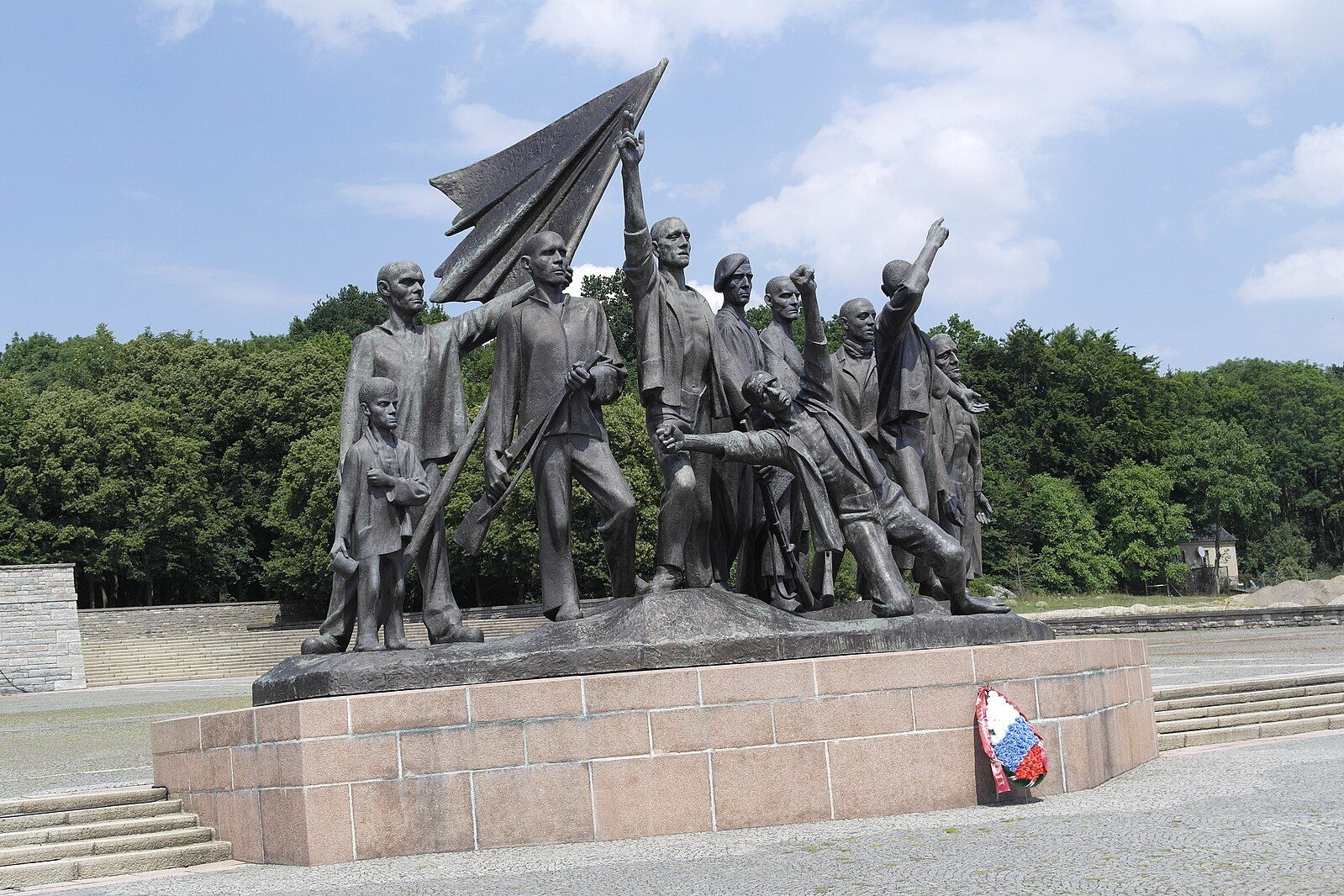
Whoever engages in historical revisionism trivializes fascism
Buchenwald was a concentration camp of the German fascists, build in 1937, located on Ettersberg, very close to the city of Weimar. Even though many were killed through direct execution, like the 8500 Sowjet prioners that were shot in 1943, Buchenwald was no extermination camp like Auschwitz. It was primarily a forced labour camp. The incarcereted had to work to death under brutal conditions, mainly for the war industry. The total number of deaths in Buchenwald or as a direct consequence of the captivity there is 56.000. Approximatly 278.000 were incarcerated in Buchenwald. One of them was Ernst Thälmann, head of the German Communist Party (KPD).
The history of the camp is especially important to remember, not only for the vicious crimes commited there but also for the brave resistance of the prisoners. Under the leadership of the communists, they managed to establish the „International Camp Committee“ in 1943, consisting of prioners from different nationalities. They managed to build resistance in the camp and the arms factory they had to work in and eventually took up arms against the German fascists and freed themselves. This saved the camp from extermination and helped capturing many of the fleeing fascist guards.
While there is plenty to learn about the histroy of Buchenwald, this commentary aims at giving an overview oft he recent attempts to rewrite history on the occasion of the 80th anniversary of the self-liberation of Buchenwald.
As the survivors of the camp become less, German warmongers and anticommunists are trying to rewrite the story of their resistance, the liberation from fascism and the content of their famous oath, in which the survivors swore in 1945:
„We will only give up the fight when the last guilty has been judged by the tribunal of all nations. The absolute destruction of Nazism, down to its roots, is our motto. The building of a new world of peace and freedom is our ideal.“ (Buchenwald Oath)
Latest developments in Buchenwald
We regularly visit Buchenwald to commemorate the prisoners in the camp, remember their resistance and share the history with more people. So we did this year as well.
Shortly before the entrance to the camp grounds, we were intercepted by the staff –clearly committed zionists – asking us to take down our Kufiyas. As they couldn’t provide us with any written rule that bans Kufiyas from the premises, we refused to do so. Thereupon they threatened to ban us from entering the premises of the memorial site. We questioned their authority to make up a Kufiya ban and claim the Kufiya to be „non aligning with the goals of the memorial site“ or „inaapropriate“ and insisted on a written document. This was important to us in order to be able to take legal action againt this supposedly „Kufiya ban“. We had to insist strongly to make sure to get the ban in writing, but finally succeeded after waiting for an hour under police surveillance and were then followed by a police car far beyond the memorial grounds when we were leaving.
We found out that the police had clear instructions from the (public) foundation that runs the memorial site to make sure no Kufiyas would enter the memorial site. We got no further information if they were checking right winged symbols as well, but the focus was clear. While we were treated like criminals only for wearing the Kufiya, members of the Left Party (Partei die Linke) entered with Israeli Flags and during the official commemoration ceremony, where politicans who take an active part in the warmongering and racist German politics can annualy pretend to care about anti-fascism, Russia and Palestine were repeatedly slandered. The head oft he foundation left out the resistance of the prisoners completely in his speech.
An international student delegation broke the silence. “What are we waiting for? People are dying in a war in Ukraine, people are dying in Palestine in a genocide! ¡No pasarán!” was how they ended their speech. This was so scandalous for the foundation in charge of the memorial, that its director feeled compelled to immediatly delegitimize the speech. “It is not appropriate to speak of genocide in a place like this”. His comment was followed by heavy applause.
You can’t get to the heart of historical oblivion more forcefully than this. A genocide that is currently taking place is being denied at a location of historic genocide.
The following commentary looks back at the developments of the last few years and focuses on the roots of historical revisionism.
After 80 years of self-liberation, the ghosts of the past are haunting the Ettersberg
Since 2022, representatives of the Russian Federation have not been invited to the commemoration ceremony and their wreaths for the victims of the camp have been disposed. With millions of deaths, Russia paid a high toll in human lives for its liberation from fascism; hardly a family was spared. The Saint Georges Ribbon, a symbol of the fight against fascism, is also banned on the site. On the occasion of the 80th anniversary of the liberation of Auschwitz, the memorial site management accused Russia of instrumentalizing the fascist past when its politicians speak of a denazification of Ukraine.[1] Not a word about the fascist death squads in the Ukrainian military and secret service or about the Bandera cult and hatred of Russians that permeates Ukrainian society. In keeping with this line, the official memorial service in 2022 did not fly the Belarusian flag, but that of the opposition.[2] This was despite the fact that the flags are usually supposed to represent the nationalities of the concentration camps prisoners. At the time of the Buchenwald concentration camp, the flag of the Belarusian opposition was the symbol of the Jewish-hating, Belarusian Nazi collaborators.
The failed attempts last year to prevent anti-fascists wearing Kufiya from entering the memorial site are also part of this appalling policy. Fascists and activists expressing solidarity with Palestine are often lumped together: “When young people in Berlin chant ‘Free Palestine from German guilt’, it is hardly different from the ‘guilt cult’ narrative of the far right,”[3]said the memorial’s management in a speech on January 27 this year. While one side insists on really understanding and working through the German guilt for the Holocaust instead of transferring it to Arabs and Palestinians, the other side denies Germany’s fascist crimes.
This policy of the memorial has its roots in the deeply reactionary historical revisionism upon which the Federal Republic of Germany is built. In the following, we want to provide some background information and review the history of the Buchenwald Memorial on the occasion of the 80th anniversary of the self-liberation. The dismissals and political purges since 1990 are only the tip of the iceberg. The history of protest and resistance against this historical revisionism is little known.
The fight against historical revisionism is on the order of the day
For the German war machine, which is currently to be oiled with 1.7 trillion euros, historical revisionism is a crucial lever. With historical revisionism, war and rearmament are legitimized. Germany claims to have learned from its past and that is precisely why it is allowed to have atomic bombs, send tanks to Ukraine or deliver bombs to Israel. With this historical revisionism, neo-fascist tendencies are also encouraged. So, we have to look very closely when people talk about German responsibility and lessons from history today. And we have to study the history of fascism and the anti-fascist resistance even more carefully. It is our history, and we have to know it! Anyone who treats the experiences and class struggles of the past in a stereotyped and identitarian way is doomed to fail – this also applies to the danger of ritualizing commemoration by us communists.
The aim is to whitewash and defame fascist crimes to such an extent that one is able to commit new crimes in the name of these crimes. Or as the bourgeoisie calls it: responsibility. In concrete terms, this policy is expressed in the reversal of the perpetrator-victim relationship in World War II, which becomes necessary in order to prepare the war against Russia. This is done, firstly, by ignoring German crimes in Eastern Europe and, secondly, by demonizing the Soviet Union, which one no longer wants to accept as a liberator. Thirdly, the role of German monopolies is ignored, in order to declare continuities of fascism, which are still in the DNA of the Federal Republic of Germany (FRG) today, to be called an insane idea.
“The trail of blood leads from Buchenwald to Bonn.”
This was the succinct summary provided by the Buchenwald camp museum until 1990. In that same year, large parts of the exhibition were dismantled. In 1995, the exhibition was disposed completely.[4] During that time, the FRG conducted a inquisition: throughout East Germany, exhibitions were purged of any political content, and smaller concentration camp memorials were even completely demolished.
Why did the exhibition have to be moved from Buchenwald? Because the new memorial management did not want to see either the continuities in the FRG or the role of the monopolies and the financiers behind Hitler. Nor did the camp’s self-liberation and the international resistance fit into this picture. The new memorial management was fully in line with the FRG’s historical revisionism. The state, which never properly dealt with fascism itself, had no sympathy for the anti-fascism that emanated from the concentration camp memorial. While there was no state funded memorial work or research in the FRG up to that point, it now had custody of the extensive archives and research of GDR historical scholarship. In the FRG, former prisoners had to fight for years for the establishment and maintenance of memorials – often unsuccessfully. The volunteers who worked to maintain the Dachau Memorial were repeatedly threatened with closure.[5] In the FRG, research on fascism was completely underfunded and had an outsider status. The broad reappraisal and research in the GDR, on the other hand, proves to this day that things can be done differently. In 1990, the majority of historians were thrown out on the street and banned from the universities of East Germany. Their protest and objection to these measures were drowned out by the nationalist euphoria of the GDR’s integration. A new historical narrative was imposed from above. Since then, the fate of the Buchenwald Memorial has been a prime example of historical revisionism.
The conversion of the Buchenwald Memorial
In 1990, the management of the memorial was also promptly liquidated, and a West German historical commission was set up. Dozens of dismissals and denunciations of the old staff followed. The new director of the memorial only stayed in the office for five days. When the historian’s DKP (German Communist Party) past became known, he had to leave immediately.[6]
The National Place of Remembrance at Buchenwald, planned and erected by former inmates, has since been vilified as a testament to the ‚hypocritical and dictatorial GDR state propaganda‘.[7] For 35 years, Europe’s largest concentration camp memorial has been left to the whims of the weather conditions on the Ettersberg.
Instead, today the focus has been placed on the use of Buchenwald as an internment camp for Nazi officials, members of the SS and Wehrmacht soldiers between 1945 and 1950. This has provided fodder for the reactionary elements: the myth of the Soviet concentration camp Buchenwald was already widespread among many former Nazis in the young Federal Republic of Germany. The fact is that such internment camps were used in all four occupation zones and were based on lists provided by the British and American high command. The decision to do so was taken at the 1943 Allied Conference in Tehran.[8]
The prisoners of the Buchenwald internment camp received compensation early on as “Stalinist persecutees”. What already met with anti-fascist resistance in the FRG of the 1950s was taken to an extreme in the 1990s with a memorial that presents Nazis as victims. While one month of imprisonment in the Soviet internment camp meant 550 marks in compensation, inmates of the concentration camps were fobbed off with 150 marks, by the FGR. Communist prisoners of the concentration Camp got nothing and were exposed to state repression.[9] The memorial to the internment camp, built in 1990s, stands behind the effects chamber and extends over 250 square meters of forest. Since then it has been a place of pilgrimage for right-wingers and neo-fascists.[10]
Controversy over the anti-Fascist heritage
The renewed protest by anti-Fascists and former inmates of the concentration camp against this historical misrepresentation was vilified by the Springer press as the machinations of Communist ideologues and dismissed by the memorial. Nothing should stand in the way of the new historical narrative.[11]
The former inmates of the camp protested against such a reinterpretation of history to the very end. Buchenwald inmate Emil Carlebach criticized how the revolt of the Jewish inmates and the support of the international resistance in the camp were treated: „I myself was hidden under the floor of a barrack for eight days – until the liberation. I was to be hanged because I was suspected, not entirely without reason, of having been involved in preventing the deportation of the Jews to the death march. I myself wore the yellow star, and we saved over 900 children here who, in the words of the SS and the likes of Krupp and IG Farben, were useless eaters and were to be put in gas chambers. Today, all this is denounced by politicians and historians as a communist myth. (…) Well, not only Göbbels could lie, he also had successors.“[12]
Since the political eradication of memory in the nineties, the direction of the march is clear: “In Buchenwald, too, it is about how one deals with history in public and how one also deals with the anti-fascist myth of the GDR and such things. And there they need someone with experience in dealing with history in public, which not only requires, so to speak, scientific brilliance alone.” So the new memorial director Hofmann quoted in the taz-newspaper from 15.6.1992. There seems to be no room for historical facts when it comes to demonizing the anti-fascism of the GDR.
The never-ending attempts to accuse the GDR – and thus the political left – of anti-Semitism do not pass without a trace at Buchenwald. And this despite the fact that the memorial established at the site of the Jewish special camp in 1958, as well as numerous speeches and articles from the period, prove the opposite. It is all the more perfidious that the call of the illegal KPD “Against the disgrace of the Jewish pogroms” and the references to the joint resistance of Jews and Communists were deleted from the exhibition. Even the memorial plaque for Jerzy Zweig, the Polish-Jewish child from Nackt unter Wölfen (German Novel by Bruno Apitz, which was produced as a movie in GDR and recently in FGR again) who was saved, was removed. Zweig himself took legal action against the memorial management for repeatedly defaming him as a “swap child” and a “legend”.
In 2012, the Auschwitz Committee intervened. In an open letter to the German government, Esther Bejarano demanded: “An end to the surveillance of Holocaust survivors and the discrediting of their work as contemporary witnesses!” She criticizes the secret services‘ snooping on the views of survivors and the general suspicion towards survivors‘ organizations and anti-fascist initiatives, while „those in government share responsibility for the ‘German conditions’ today: the economization of thought, the erosion of solidarity in society, and, as a result, the social division that fuels fears. Racism, anti-Semitism and xenophobia are on the rise again in Germany today. “[13]
A 1000-year-old stench
The Annexation of GDR not only brought with it a new view of history, but also allowed hundreds of neo-Nazis to spread out again. To this day, they continue to attack the memorial and visiting groups: with Nazi salutes, swastika graffiti, mocking the victims, verbal abuse and sabotage. All too often, the neo-fascists get off with much too light sentences or completely unpunished. The new memorial for the Soviet internment camp, on the other hand, is a popular place of pilgrimage for neo-fascists. In 1996, a neo-Nazi group, including the NSU trio, visited the memorial in Nazi storm trooper-like uniforms to provoke.[14] In the GDR, this would have meant their arrest and saved 10 lives. In the FRG, the secret service-financed group was able to continue its mischief.
Over time, the plan to present victims and perpetrators in a more “differentiated” way also received increasing support from academics and politicians: The portrayal of the SS as diabolical perpetrators of violence is claimed to be undifferentiated – the partial guilt of “red Kapos” must be included. The purely positive portrayal of the camp resistance is also marked as problematic and prove of the one-sidedness of GDR anti-fascism. Here, too, the tabloid Bild-Zeitung was quick to jump on the bandwagon: with its series of articles entitled “How Communists Helped the Nazis Kill,” it incited hatred against Buchenwald prisoners in the most repulsive way.
The Oath of Buchenwald states: “We will only end the struggle when the last culprit has been judged by the tribunal of all nations!” In West Germany, these culprits built a new state. The warmongers and revanchists who are beating the drums for war against Russia today are coming into their own. Three goals testify to this day to the mentality of this Federal Republic: revenge against the Soviet Union, the subjugation of Eastern Europe and the shaking off of historical crimes.
[1] Gedenkstätte Buchenwald (2025): Rede zum Tag des Gedenkens an die Opfer des Nationalsozialismus.
[2] Website der Gedenkstätte Buchenwald (2022): 77. Jahrestag der Befreiung der Konzentrationslager Buchenwald und Mittelbau-Dora.
[3] Ebd.
[4] Zorn, Monika (1993): Hitlers Zweimal getötete Opfer.
[5] Daniela Dahn (2021): Der Schnee von Gestern ist die Sintflut von heute. Die Einheit, eine Abrechnung.
[6] Zorn, Monika (1993): Hitlers Zweimal getötete Opfer.
[7] Dutzende Artikel von BPB bis zur Website der Gedenkstätte zeugen davon.
[8] Dahn (2021), S.102.
[9] Daniela Dahn (2021): Der Schnee von Gestern ist die Sintflut von heute. Die Einheit, eine Abrechnung.
[10] Ebd.
[11] Dahn (2021)
[12] Thomas Knecht (2010): Carlebach 1. (YouTube Video ab Min. 6:46)
[13] Esther Bejarano (2012): Offener Brief des Auschwitz Komitees an die Regierenden (Glocke vom Ettersberg Nr. 205)
[14] Stiftung Gedenkstätten (2021): Besucher*innen, die nicht willkommen sind. (Eine Auswahl neofaschistischer Angriffe und Provokationen).
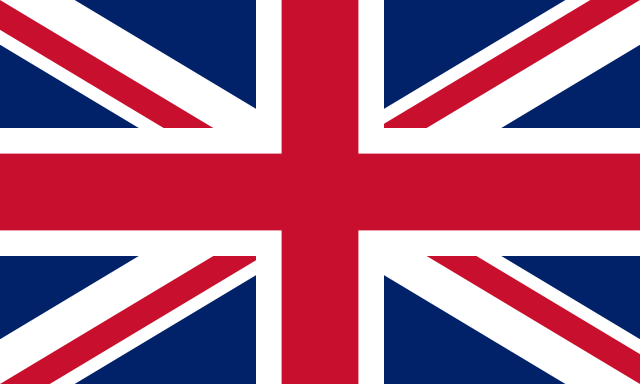

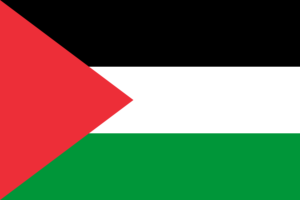
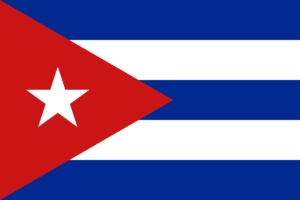

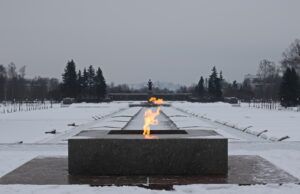
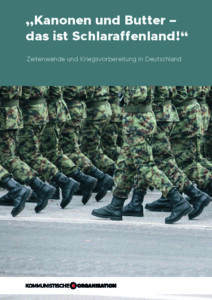
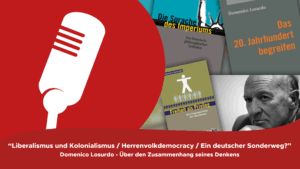
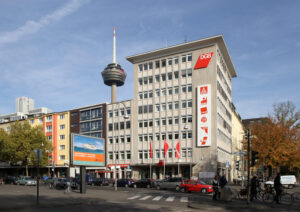

![Die Rote Armee befreit Berlin [Auszüge aus „Geschichte der Berliner Arbeiterbewegung“]](https://kommunistische-organisation.de/wp-content/themes/newspaper-child/assets/images/defaults/post-single.png)

